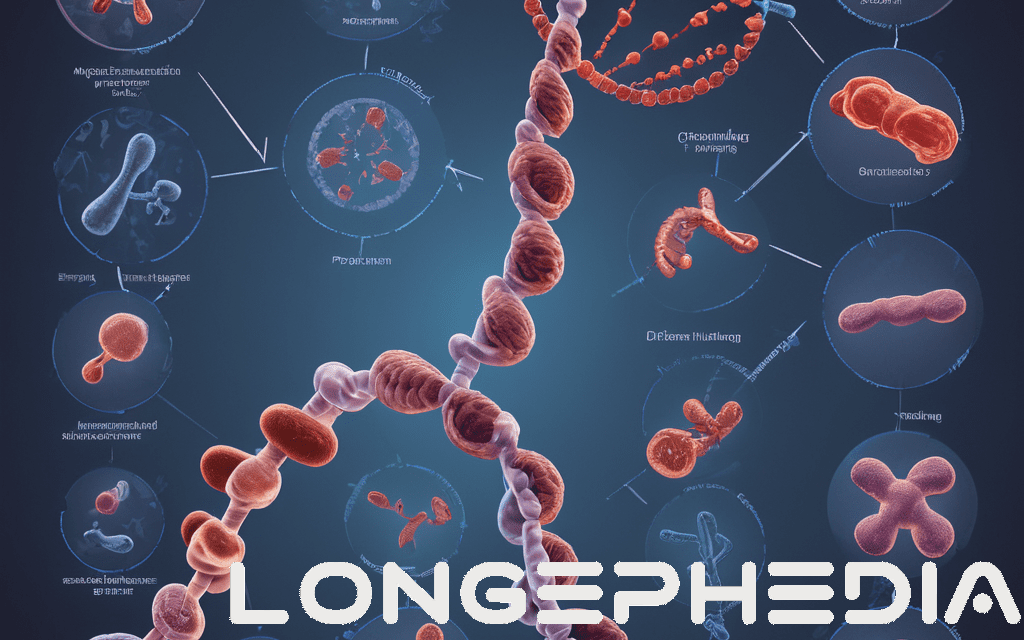-
# Researching
Searching for **Therapeutic peptides overview**Searching for **Applications and benefits of therapeutic peptides**
Searching for **Current research and developments in therapeutic peptides**
# General Information about Therapeutic Peptides## Overview
Therapeutic peptides are short chains of amino acids, typically less than 50 in length, used to treat various diseases by mimicking the functions of naturally occurring peptides such as hormones, growth factors, neurotransmitters, and anti-infectives. They are seen as a promising and novel approach, especially in the treatment of cancer and other diseases due to their high specificity, selectivity, and low toxicity.## Advantages and Applications
Peptides are advantageous because they are small, easy to synthesize, and capable of penetrating cell membranes. They have been used to develop drugs that act as hormones, growth factors, neurotransmitters, ion channel ligands, or anti-infective agents. Their development has become a significant focus in pharmaceutical research, with 33 non-insulin peptide drugs approved since 2000 and sales exceeding $70 billion in 2019.## Stability and Modification Techniques
Despite their potential, therapeutic peptides face challenges related to stability and short half-life. To overcome these issues, various strategies have been employed, such as PEGylation, glycosylation, cyclization, serum albumin binding, and lipidation. These modifications aim to improve bioavailability, metabolic stability, and in vivo stability, as well as to protect against proteolytic degradation.## Production and Synthesis
The chemical synthesis of peptides, particularly solid-phase peptide synthesis (SPPS), is well-developed and allows for the production of both natural and modified peptides. Peptide cyclization and mimicking of α-helices and β-strands are common modification techniques that enhance the therapeutic profile of peptides.## Challenges and Limitations
Therapeutic peptides often have weak membrane permeability and poor in vivo stability, which limits their therapeutic potential. Additionally, they are typically administered by injection due to their charged and hydrophilic nature, which results in low oral bioavailability. However, there are experimental approaches to enhance brain permeability and oral activity, as seen with desmopressin.## G Protein-Coupled Receptors (GPCRs) Targeting
Nearly 50 GPCR peptide drugs have been approved, with most being agonists. GPCRs are divided into families, with class A being the largest and class B following. Peptides targeting GPCRs have been limited by pharmacokinetics and lack of oral bioavailability, but modifications have led to improvements in plasma half-life and the potential for oral administration.## Future Directions
The field of therapeutic peptides is evolving with new production, modification, and analytic technologies. The current research and development efforts are focused on overcoming the challenges associated with therapeutic peptides to unlock their full potential in various therapeutic areas.## Conclusion
Therapeutic peptides represent a unique and growing class of pharmaceutical agents with the potential to treat a wide range of diseases. While there are challenges to be addressed, advancements in peptide modification and synthesis continue to enhance their therapeutic profiles, making them an exciting area of pharmaceutical research.
test post 3

test post 3




